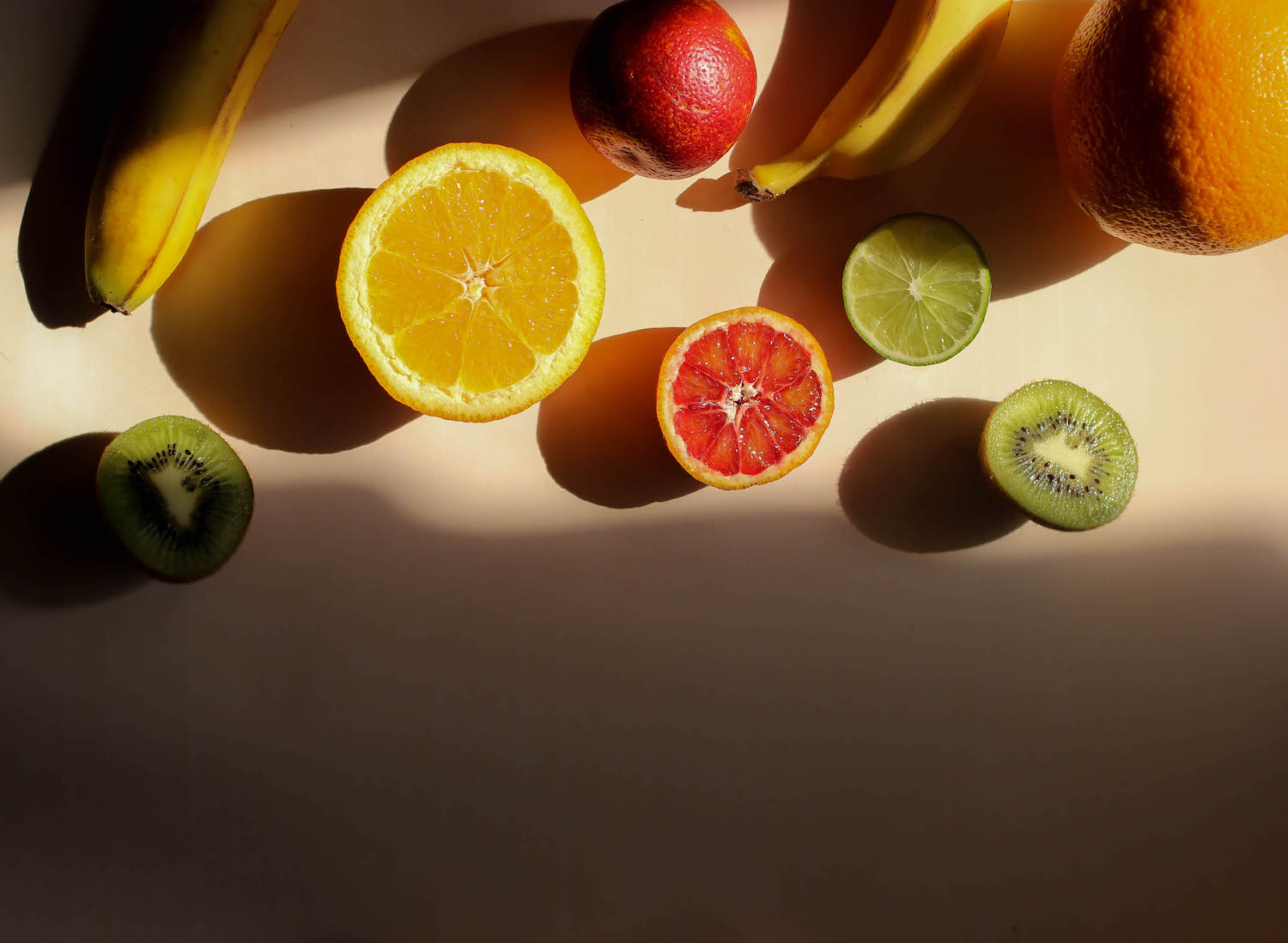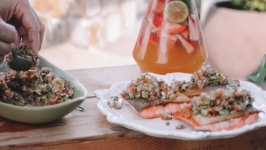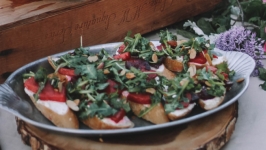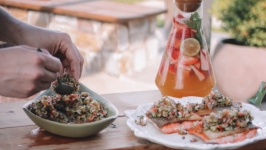The Power of Peels
The Moscow Food Co-op is a big fan of reducing food waste and increasing access to nutrients at. But what to do with all those outer layers of fruits and veggies that get tossed out?
First, make sure you thoroughly wash all produce before eating it or using it on your skin. We recommend organic produce when eating raw skins and peels to avoid exposure to pesticides. When shopping organic is not possible, check out the Environmental Working Group’s Shopper’s Guide to Pesticides in Produce online to help you choose conventional foods that are lowest in residues.
Research from the Royal Society of Medicine has found that produce peels provide health benefits in the form of high fiber, vitamins, and antioxidants similar to those found in the fruit itself. You are likely already eating plenty of rinds, peels, and skins on plants that you grew up with. Do you peel an apple before you bite into it? A pear? Would you skin a pepper or an eggplant before chopping it up for your meal? Perhaps a cucumber dances on the knife’s edge: sometimes you peel it, sometimes you don’t. While some peels and rinds are clearly inedible, others can be saved and used with a few simple preparations. The next time you stop by the Moscow Co-op’s Produce department, consider new uses when picking up some of the following:
Citrus peels
Gram for gram, citrus peels contain more minerals and vitamins — such as vitamin C and dietary fiber — than the fruit itself. According to the USDA database, orange peels pack in the vitamin C: 14 percent of your daily value is contained in a single tablespoon of peel. The peel of an orange contains twice as much vitamin C as the fruit, and one tablespoon of lemon peel contains double the vitamin C and triple the fiber than one wedge of lemon without the peel. Since the entire peel can be bitter and difficult to digest in large pieces, peels grated with a microplane are a great addition to salads, dressings, and even chocolate ice cream. To enjoy citrus peels, juice them, zest them, dice them up, make them into tea… the possibilities are nearly endless. If you’re a smoothie drinker, add some to your blend.
Watermelon rind
Watermelon is 92 percent water, making it great for hydration! It's also an excellent source of vitamins A, B6, and C, and contains the antioxidant lycopene. Lycopene is naturally occurring and gives fruits and vegetables a red color. All the vitamins and nutritional benefits are found in the melon and the melon's rind! Watermelon is famous for containing large amounts of citrulline, and watermelon rinds are great for your skin and immunity. They hold even more citrulline than the flesh of the melon itself! Citrulline converts to arginine, an essential amino acid that provides benefits to your circulatory system, heart, and immune system. Rinds can be sautéed or pickled, and eaten in salads as frequently seen in the American South. They can also be juiced and added to smoothies. If you find the rind to be a bitter addition to your drink, try adding some fresh ginger. Watermelon rind is also ideal for cutting and stir-frying like any other vegetable: just slice it up and cook it with a little salt and pepper. Using the watermelon rind is a wonderful way to cut down on your food waste too. You can scoop out the melon and use the rind as a decorative bowl and serving vessel!
Banana peels
Bananas are a great example of the influence our culture has on the way we eat. In other countries, eating the banana peel is a common practice! Though it is thick and slightly bitter, the exterior skin of a banana contains much more fiber than the flesh, and is richer in potassium. Potassium is one of seven essential “macrominerals,” and the human body requires it to support blood pressure, bone health, muscle strength, and heart health. According to a Business Insider article written in 2015, a medium-sized banana contains “significant percentages of your daily recommended intake of various nutrients, such as 12 percent of your daily fiber, which helps with digestion and may help lower your risk of diabetes, 17 percent of your vitamin C, which is important for your immune system as well as growth and development, and 20 percent of your vitamin B-6, which aids the body's ability to convert food into energy... If you then eat the skin along with the flesh you get an even bigger boost in these same nutrients.” Another use? Some swear by rubbing a banana peel on their skin to help reduce inflammation and itchiness and even their skin tone. Chopping up a banana peel and adding a few small pieces to seedling soil can help with disease-resistance and root development by giving young plants a boost of nutrients. Banana peels can also be used to make sweet-sour vinegar over the course of about two months!
There are, of course, some peels and rinds that are inedible, both cooked and raw, such as avocado peels, onion skins, and garlic, but with all the interesting options across the board, we think there’s plenty for you to explore!
Moscow Food Co-op | @moscowfoodcoop
This article was originally printed in Moscow Food Co-op's magazine, Rooted.










